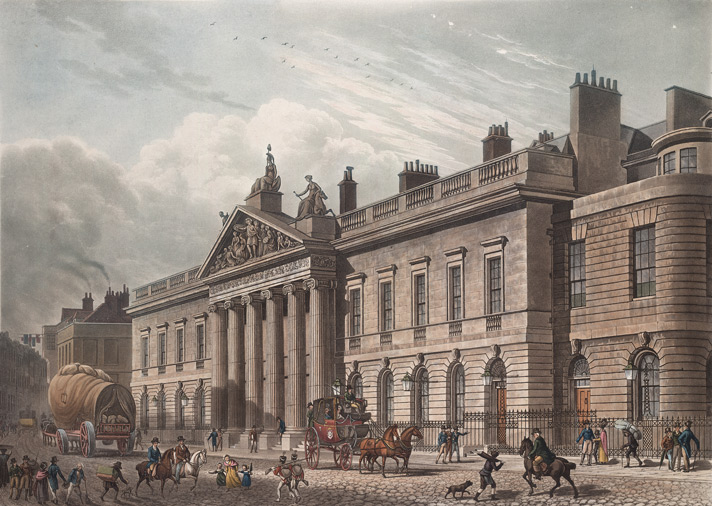*Image Credit: Wikimedia Commons Already with a foothold in India and seeking to expand in order to compete with Portuguese rivals Estado da India, the British East India Company opened its second trading post on a strip of land purchased from the Nayak natives and named it Madras on August 22, 1639. Primarily a fishing village known as Madraspatnam up to that point, within a year Fort St. George established the area as one of the major British-held trading posts in the region, eventually giving rise to modern Chennai. Granted a charter on December 31, 1600, the British East India Company faced an uphill battle as it attempted to gain access to trade around the Indian Ocean. Having just made it to the subcontinent by sea in 1594, merchants of all stripes sought the Queen of England’s approval to launch a new expedition to compete with Dutch and Portuguese traders in the Orient. In 1603, the British East India Company established its first outpost in modern Banten, Indonesia to act as the base of operations. Nearly a decade later, merchants expanded to the Indian coastline by building a factory at Surat. Desperate to overtake the European competition, the directors ordered Francis Day to find a location for a second house in India. On August 22, 1639, Day completed the transfer of a three-square-mile stretch of land along the Coromandel Coast from the Vijayanagar ruler Damerla Chennappa Nayaka with a cash payment and the promise of additional exotic goods delivered from Europe. Having secured real estate for a new central location to accept incoming goods and export others, the construction of a fort and solidification of the harbor became priorities. Fort St. George, completed in April 1644, would become the de facto center of the fast-growing George Town. Its imposing walls stretched nearly 20 feet off the ground, allowing guards ample view of the sea and nearby village. Within three years, the British East India Company had a complex of more than 23 factories receiving goods from the two outposts at Surat and Madras. As the revenues and reach grew, the rivalry with the Dutch East India Company intensified. By the end of the 17th century, the British had secured four trading posts, adding houses in modern Mumbai and Kolkata to their holdings. Madras continued to blossom over the next century, becoming the largest location on the eastern coast of India for the company – making it quite the target for attack. Though the French would reign for three years after arriving in 1746, the British regained control via treaty. Sieges soon became commonplace, with the Sultan of Mysore threatening Fort St. George in 1769. By the 1800s, however, the British had secured the city and expanded further into the region. The foundation of the city laid, it continued to grow as India advanced technologically, becoming a key naval base for the British and primary home for the colonial government in the southern provinces. Eventually renamed Chennai after the nation gained independence from the British, it is now a city of more than four million people.
August 22, 1639 CE – The British East India Company Establishes a Second Trading Post in Madras
*Image Credit: Wikimedia Commons Already with a foothold in India and seeking to expand in order to compete with Portuguese rivals Estado da India, the British East India Company opened…
